Recreating the Country blog |
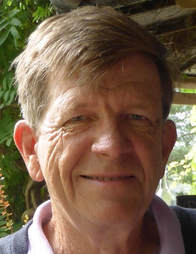 John Delpratt John is an Honorary Fellow with the University of Melbourne. He was a lecturer in plant production and seed technology at the University’s Burnley campus for 25 years prior to his retirement. His involvement with native grassland conservation focused initially on cultivation and seed production systems for grassland forbs and later on the reconstruction and management of diverse native grassland communities for both ecological and horticultural applications. Over the past few months, Steve has introduced the native grasslands and grassy woodlands of temperate Australia; what we know of their management and why we are losing the battle to save them – a compelling story in four Blogs. I have the privilege of adding my own contribution to this discussion. 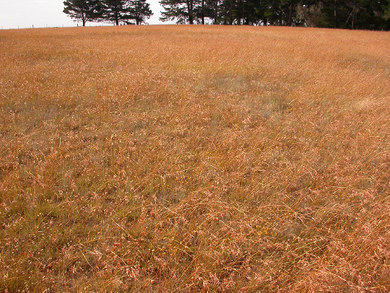 Rokewood Cemetery (mid-summer) is a beautiful and diverse Kangaroo Grass dominated flora reserve. It also retains one of the largest remnant populations of the nationally-endangered daisy Button Wrinklewort (Rutidosis leptorhynchoides). It serves as an important reference community for regional grassland restoration Rokewood Cemetery (mid-summer) is a beautiful and diverse Kangaroo Grass dominated flora reserve. It also retains one of the largest remnant populations of the nationally-endangered daisy Button Wrinklewort (Rutidosis leptorhynchoides). It serves as an important reference community for regional grassland restoration Last month I wrote about the on-going, incremental loss of native grassland on our public roadsides, but also of the recent progress in restoring these communities, primarily by direct sowing. This month, I’d like to explore the value of restoration for conserving these critically endangered communities and how a small community in south-western Victoria is approaching this issue. I will argue that local community action is an achievable method for kick-starting the replacement of large tracts of exotic, high biomass, summer-dry roadside vegetation with lower biomass native grassland communities, dominated eventually, in most instances, by summer-growing Kangaroo Grass. 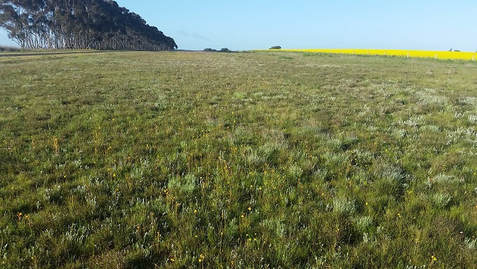 A high-quality remnant on Chatsworth-Wickliffe Rd, a 3 chain (60 m) wide road reserve just west of Woorndoo. A high-quality remnant on Chatsworth-Wickliffe Rd, a 3 chain (60 m) wide road reserve just west of Woorndoo. The many benefits of roadside grassland reserves There are numerous reasons why rural roadsides are potentially very valuable for long-term native grassland conservation, and simultaneously, why remnant and restored native grasslands are so well suited to our roadsides.
 Detail of a reference species-rich remnant on Woorndoo-Streatham Rd, immediately adjacent to the Woorndoo restoration site. Detail of a reference species-rich remnant on Woorndoo-Streatham Rd, immediately adjacent to the Woorndoo restoration site. Coming to a roadside near you? A case study in community action. Woorndoo is a small agricultural community in south-western Victoria. Along with its surrounding districts, its road reserves and public lands (Woorndoo Common, Woorndoo Cemetery) support some of the richest remnants of critically-endangered natural temperate grasslands and grassy woodlands. However, these precious remnants are under constant threat and incremental damage from road and roadside works, and the ingress into disturbed areas by competitive exotic species. 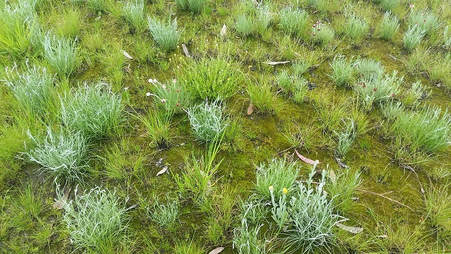 A detail of some of the diversity established in the 2013 restoration; a combination of sown species and wind-dispersed spores and seeds. A detail of some of the diversity established in the 2013 restoration; a combination of sown species and wind-dispersed spores and seeds. In 2013 The Woorndoo Land Protection Group, with the support of Moyne Shire, restored a strip of approximately 250 m (1.25 ha) along the Woorndoo-Streatham Rd from its intersection with the Bolac Plains Rd. The site had a history of roadside cropping. They had available to them the expertise of local farmer and nursery operator David Franklin. David had been a member of the GGRP team (lead by Paul Gibson Roy - see Part 1) from its inception a decade earlier. To read an interview with David Franklin click here David immediately adopted, then helped refine, their innovative approach to grassland restoration. As summarised in Part 1, the technique relies on preparing a low nutrient seed bed, with a reduced soil weed bank, which is direct sown with a native grassland seed mix. The complexity of mix depends on the number of species available as seed and the objectives of the project. Success inspires support Largely based on the success of this initial sowing, the Woorndoo group were able to win a two-year State Government Community Action Grant in 2017. The grant is funding the expansion of the regional seed production area (SPA), detailed experiments towards expanding the range of techniques available for increasing species diversity and population size within existing and new restorations, and a further 1.25 ha direct sowing in 2019. The first round of experiments is due to be planted and sown into the existing restoration later this month. The Woorndoo Project has a strong emphasis on volunteer involvement and the communication of results through workshops, field days, social media (fb: Woorndoo Land Protection Group) and publications. Although the initial restoration at Woorndoo was driven by local experience, the techniques are accessible to any community with land management skills, and a willingness to share and apply those skills to restoring diverse native roadside vegetation in their local area. One of the great beauties of this process is that well-restored areas quickly become a seed source for further restoration – and so on. 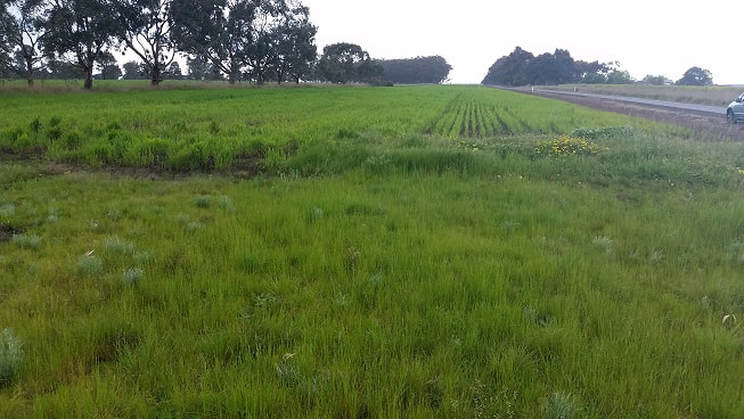 The view from the 2013 Woorndoo restoration into the site for the 2019 restoration. The cropped area extends for approximately 10 km north-east towards Nerrin Nerrin. Perhaps, in the future, local community organisations may find that harvesting seed and fodder from native perennial grasslands is at least as rewarding as annual cropping, with improved outcomes for the environment. The view from the 2013 Woorndoo restoration into the site for the 2019 restoration. The cropped area extends for approximately 10 km north-east towards Nerrin Nerrin. Perhaps, in the future, local community organisations may find that harvesting seed and fodder from native perennial grasslands is at least as rewarding as annual cropping, with improved outcomes for the environment. The industry needs to expand to meet the need I am under no illusion. To achieve a large and sustained increase in the area of restored diverse native grassy habitat, the industry will have to become more professional. Regional seed supplies, particularly of the many non-grass species that contribute to diversity, must be available in reliable and sufficient quantities. Contractors must be able to develop viable enterprises to encourage investment in well-trained staff and appropriate machinery for the initial sowing and on-going management. Road managers such as VicRoads and rural shires must be able to plan new sowings with confidence and at a reasonable cost. This has been achieved in other jurisdictions. In the US roadside grassland restoration is a big industry When Paul Gibson Roy visited seed producers and restorationists in the US for his Churchill Fellowship in 2015, he was amazed by the size and sophistication of an industry that is underwritten, in part, by Federal Government regulations mandating the use of native vegetation for some Federally-funded projects.
Read Paul’s full report and his specific recommendations for Australia here For now, local communities are well-placed to make a difference in their own districts. Greater diversity in restoration sites and in the individuals undertaking the work will inevitably lead to increased innovation, and demand for seed and operational resources – the beginnings of a viable market place. But let us all keep in mind that wisest of principles: “First do no harm”. Part 1 of this blog summarised the broad requirements for successful grassland restoration, and sources for more detailed information. Within the next couple of years, the Woorndoo Project should be able to expand the suite of techniques and approaches that prove successful for a small community organisation relying heavily on volunteers.
0 Comments
Leave a Reply. |
Click on the image below to discover 'Recreating the Country' the book.
Stephen Murphy is an author, an ecologist and a nurseryman. He has been a designer of natural landscapes for over 30 years. He loves the bush, supports Landcare and is a volunteer helping to conserve local reserves.
He continues to write about ecology, natural history and sustainable biorich landscape design. 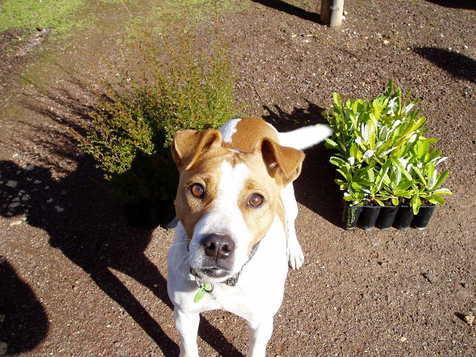
|
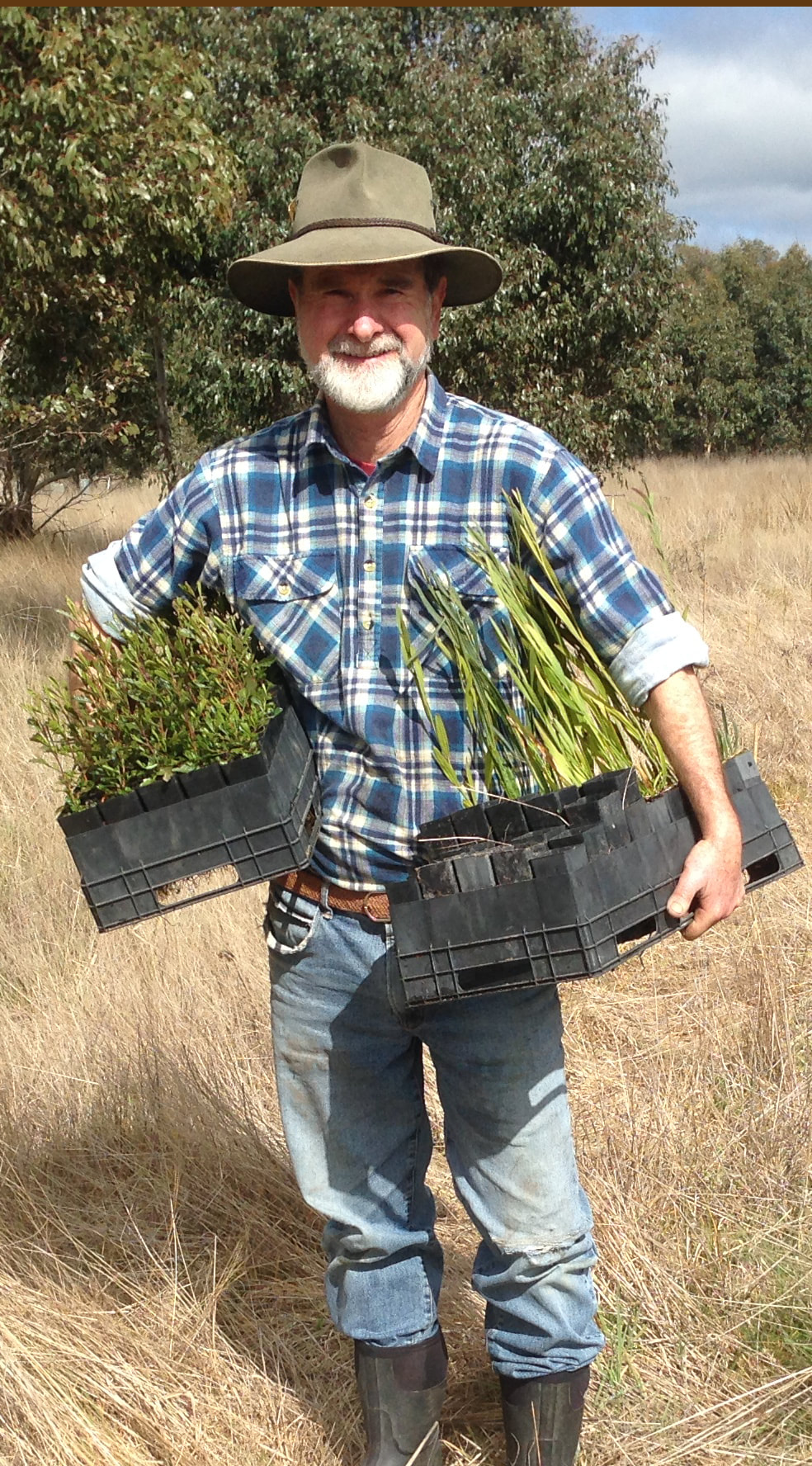

 RSS Feed
RSS Feed
